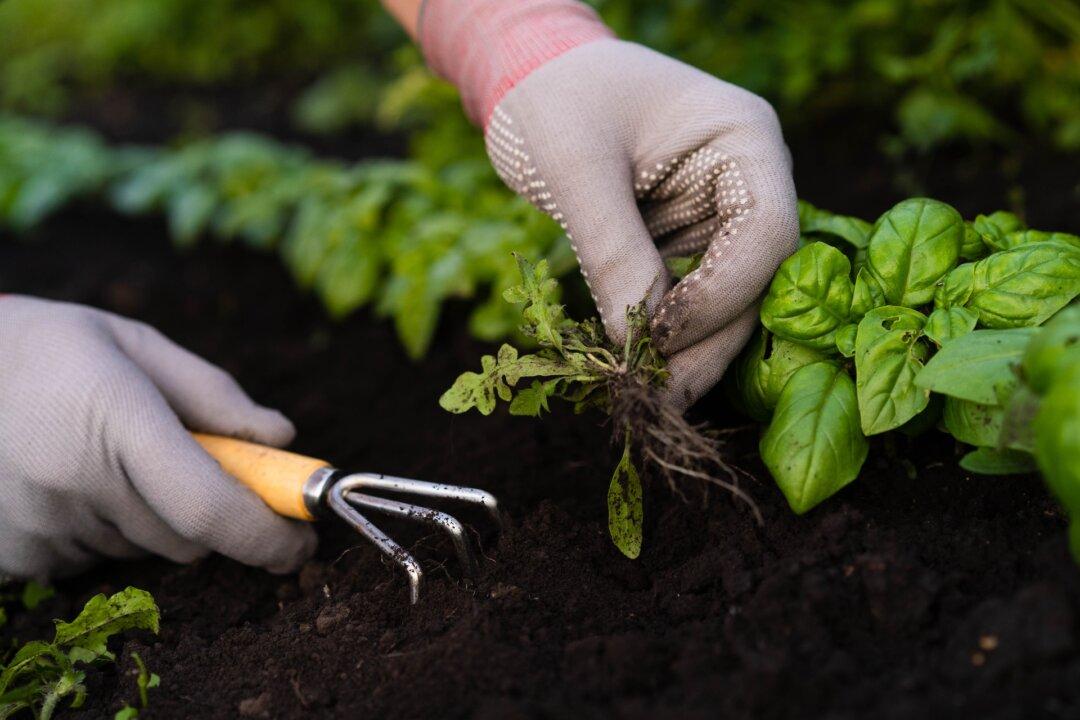Weeds do more than make a garden look unsightly; they compete for the critical resources of water, nutrients, and space. They can also potentially stunt plant growth, or even strangle vulnerable plants at the seedling stage, as well as significantly reduce the ultimate fruit and vegetable production of a garden.
Sadly, there’s not one fix-all method of managing weeds for organic gardeners, but on the upside, all the following methods are much more user-friendly than dealing with toxic chemicals such as glyphosate (a widely used chemical found in Roundup and other popular herbicides).





